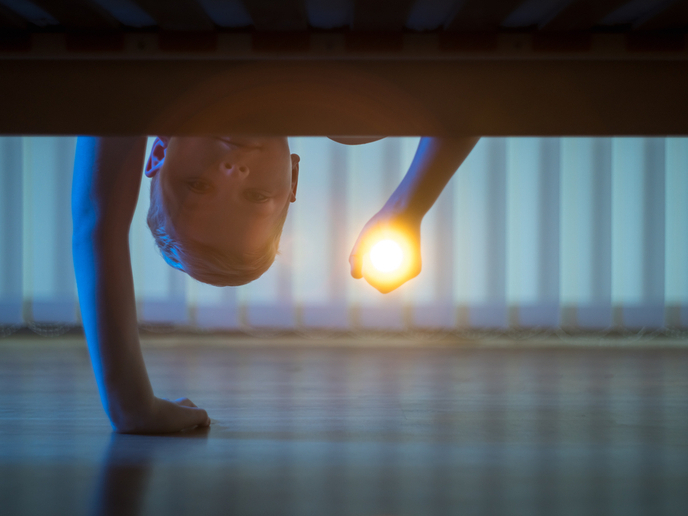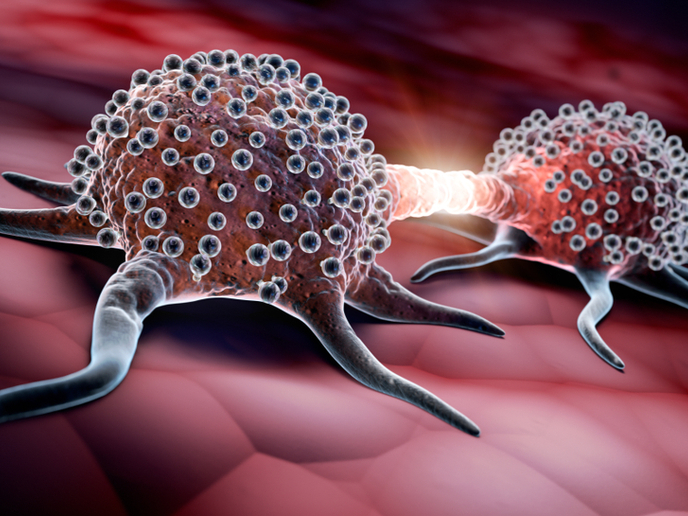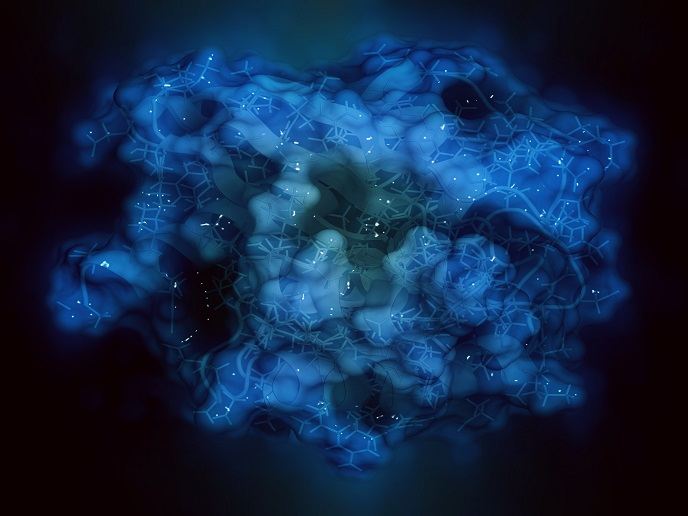The schoolchildren tracking down pockets of radioactive gas
Radon is an invisible radioactive gas(opens in new window), generated in soil and stony building materials due to the decay of long-lived uranium. Concentrations of the gas, which can penetrate buildings, can vary significantly even within neighbourhoods. “Sometimes the concentration of radon in buildings can be comparable to that in underground mines,” notes RadonACCURACY(opens in new window) project supervisor Konstantin Kovler, from the Faculty of Civil and Environmental Engineering at the Israel Institute of Technology(opens in new window). “This is a very dangerous situation, as studies have linked increasing indoor radon concentration with a higher risk of lung cancer.” A key challenge in determining annual average indoor radon (AAIR) concentrations is the fact that these concentrations vary greatly over time. This raises the question about the accuracy of AAIR estimates using only a couple of days of testing. The overall goal of RadonACCURACY was to properly assess AAIR using short-term tests for a reliable comparison with a reference level.
Promoting citizen science
The project, which was undertaken with the support of the Marie Skłodowska-Curie Actions(opens in new window) programme, sought to develop statistical algorithms and principles for indoor radon regulation, capable of taking these variations over time into account. Israeli schoolchildren played a pivotal role in conducting short-term tests in their homes, with the support of the Taking Citizen Science to School Research Centre(opens in new window), and using improved charcoal-based equipment. In total, more than 14 schools located across different regions of Israel were involved, and more than 400 measurements were carried out. The results are displayed on a public radon map(opens in new window) that ensures confidentiality. Buildings with high radon were identified. Synchronous annual monitoring was then carried out, in order to assess temporal variations of indoor radon, and to assess the influence of weather, soil radon and seismic activity. “The RadonACCURACY project was inspired in part by the experience of radon regulation in the United States, where short-term tests are a priority,” explains Kovler. “Due to their simplicity and low cost, residents themselves are happy to pay for the tests and carry out indoor radon measurements themselves.”
Accurate radon measurements
The project team was able to gather new data about temporal variations of indoor radon in hot climates and unstable geology that is typical for Israel. New knowledge about the influence of environmental factors and how soil radon is transferred into buildings was also gathered. The online www.radontest.online (RadonTest system) is now freely available for use, and can help inform large-scale radon tests in any country. “The main beneficiaries of this work include regulatory authorities, scientific and standards organisations as well as the radon measuring industry,” says Kovler. “This project will also benefit residents themselves and has helped to promote citizen science.” Next steps include increasing the number of indoor radon tests carried out in Europe, creating new cost-effective radon laboratories. Informing the public about the dangers of radon, and involving them in the measurement of radon using simple equipment supported by an online system, should also be priorities. The RadonACCURACY project has made progress in all these areas. “The real challenge now will be to conduct annual indoor radon monitoring across different countries,” concludes Kovler. “This would allow us to create for the first time a basis for the rational regulation of indoor radon and develop an adequate international standard.”







